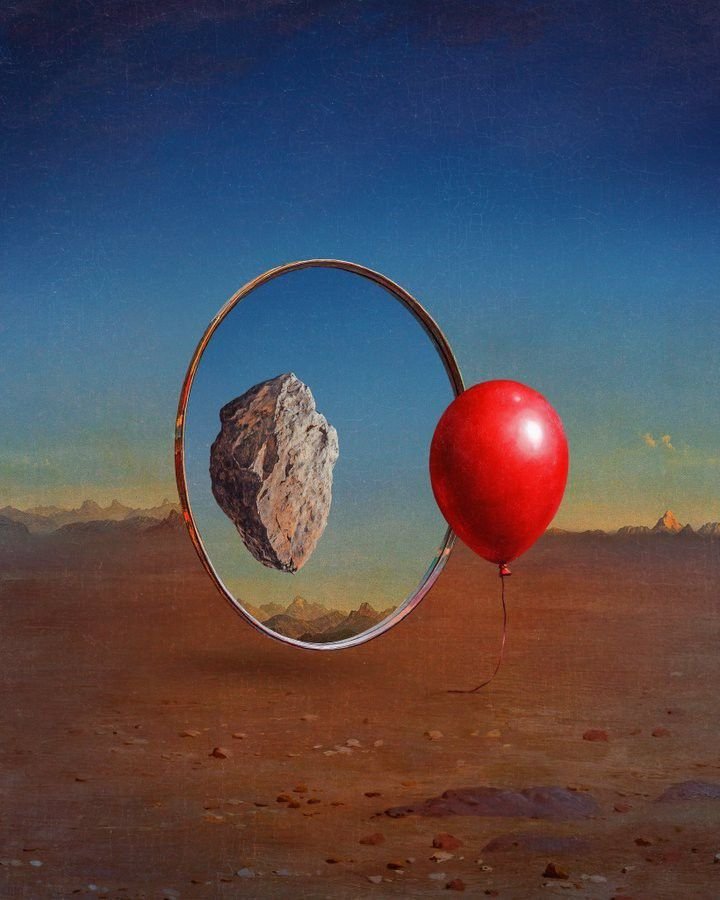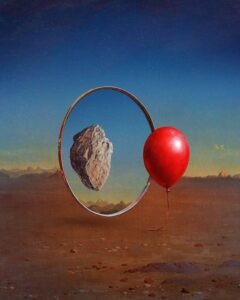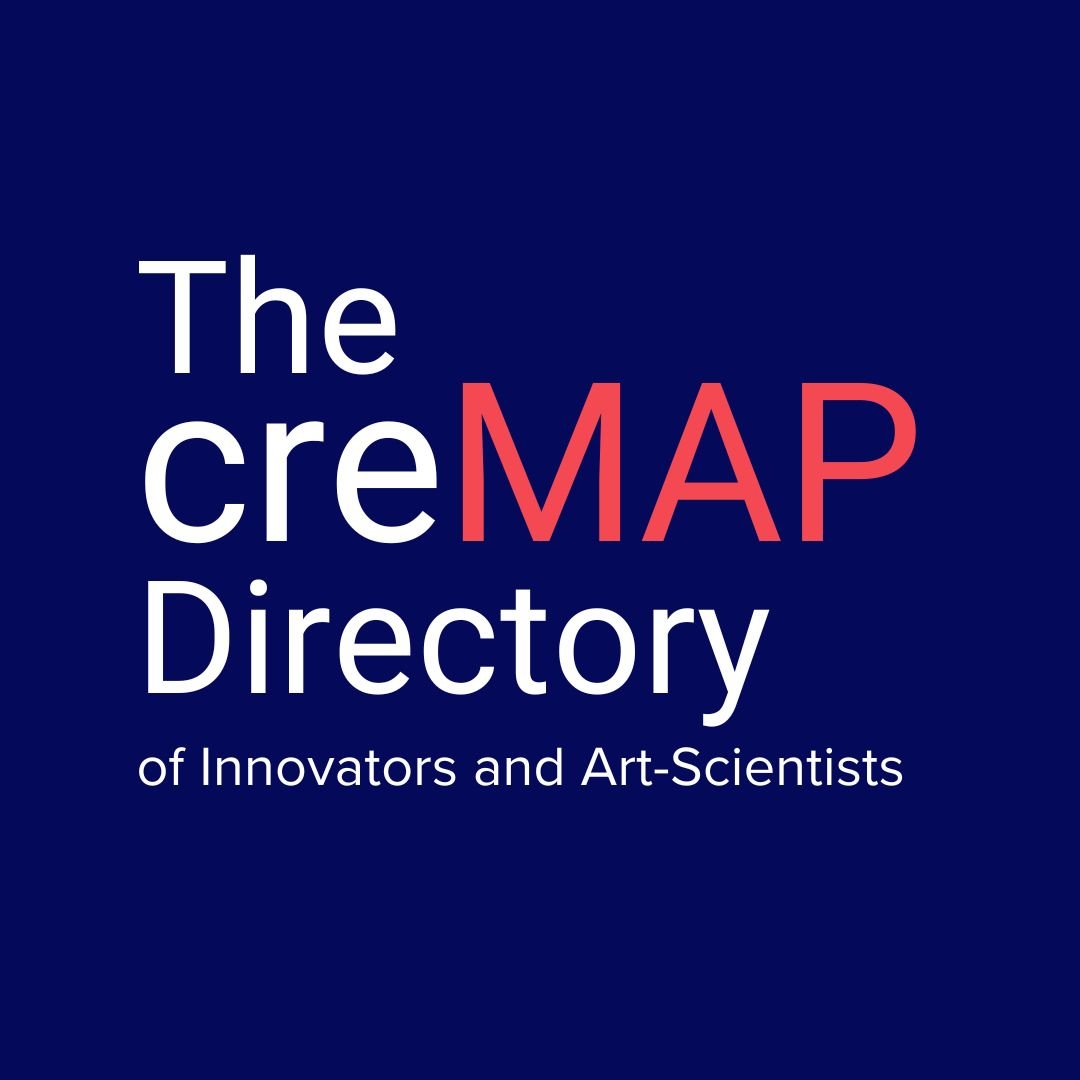Imagine that you, I, and a group of people want to build a house together. Before we start, we would likely agree that we need a plan: make some sketches, conduct research, find the right place, and learn about its climate and topography; choose materials, and create a design. This process would involve sharing and applying many forms of knowledge. In searching for the best way to bring our structure to life, we will inevitably encounter obstacles and conflicting information. In any collaborative effort, discerning which knowledge to trust and use is rarely straightforward.

The study of knowledge itself, epistemology, seeks to understand how groups of people discover truth in the world, exploring the different forms and functions that truth may take.
It is common to hear that both science and art are ways humans seek truth. But how does the shape of truth differ in these two realms of thinking and living?
Truth is defined as the body of real things, events, facts or statements—essentially, that which is accepted as true. It is also described as the state of being the case, or the property of being in accord with reality. The word truth comes from Middle English and Proto-Germanic roots related to “faithfulness, loyalty, kin,” which in turn come from the Proto-Indo-European root deru- meaning “solid or steadfast,” with specialized meanings of “wood” or “tree.” Reflecting on truth with this etymology gives it a material quality, something tangible that can withstand time.

Scientific Truth: Observation, Verification and Social Agreement
Science is a system of knowledge obtained and tested through the scientific method. It can also refer to the state of knowing or a method of reconciling practical ends with natural laws. In science, truth is generally what can be repeatedly observed, tested, and verified through systematic methods. It seeks to describe the world as it is, independent of personal belief or perspective, by identifying patterns and causal relationships.
Importantly, scientific truth is provisional—always open to revision as new evidence emerges—yet it strives for objectivity by relying on methods that minimize bias. In this way, scientific truth is not fixed certainty but a continually refined approximation of reality. Philosophers of science have long debated whether scientific truth reflects a single objective reality or if multiple context-dependent realities can coexist.
- Scientific realism argues that science aims to describe a mind-independent world, and its successful theories approximate that truth.
- Epistemic pluralism suggests that different, even conflicting, models or interpretations can each hold validity within their own frameworks.
- Social epistemology emphasizes the collective nature of science: before a theory is accepted as knowledge, it undergoes repeated critique and revision by the scientific community, such as peer review. In this sense, scientific truth is intersubjective, dynamically shaped by shared understanding across the community.
The word science comes from Latin scientia, meaning “knowledge or expertness,” from scire (“to know”) and scindere(“to cut or divide”), tracing back to the Proto-Indo-European root skei- meaning “to cut, split.”
Artistic Truth: Subjectivity, Expression and Shared Experience

Art is defined as a skill acquired through experience or observation, or as a discipline requiring expertise. While this sounds similar to science, art is distinguished by the conscious use of skill alongside creative imagination, particularly in producing aesthetic works. In art, truth is often understood as a reflection of inner experience and emotional resonance, existing in dialogue with other artworks and the ideas of other artists. Rather than representing a single reality, art embraces subjectivity, conveying truths unique to the individual.
Art can be powerful because it allows people to share intimate experiences and connect with others who may have had similar ones. Like science, art is also social: truth weaves through shared experiences to form a collective tapestry. Philosophically, this aligns with:
- Aesthetic realism, which suggests art can reveal profound insights about the human condition.
- Expressivism, which sees artistic truth as emerging from authentic expression.
Many traditions in the philosophy of art support the idea of plural truths, where different interpretations and perspectives enrich the experience rather than contradict it.
The word art comes from Latin artem, tracing to the Proto-Indo-European root ar- meaning “to fit together.”
Building Knowledge Like Building a House
If building a house is like the collective construction of knowledge and discovery of truth, we will need both ways of working: cleaving pieces apart and fitting them together. We will need to mix many elements, like solvents and sand, so they can stand as one. We will need to carve beams, shape stones, and cut ends precisely so pieces join correctly.
We want the house to be sturdy, in harmony with its ecosystems, and a safe place for shelter. We want it to be beautiful, to accommodate our differences, and to feel like home. We may even want it to surprise us.




